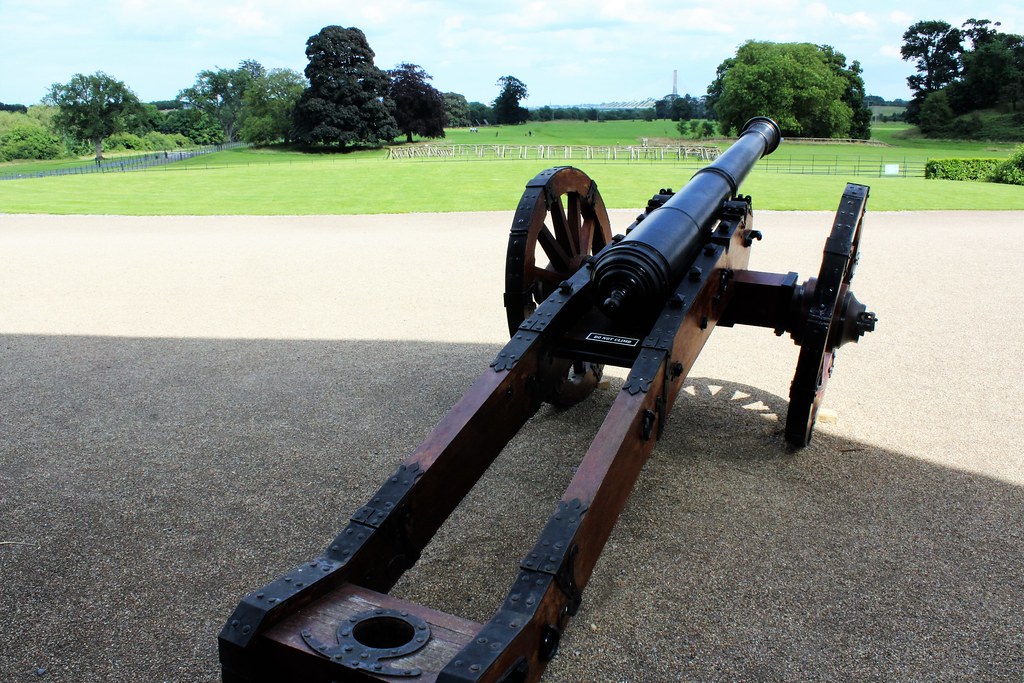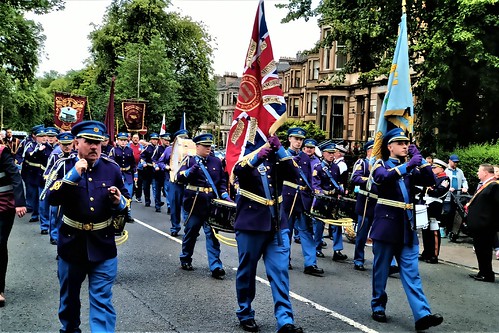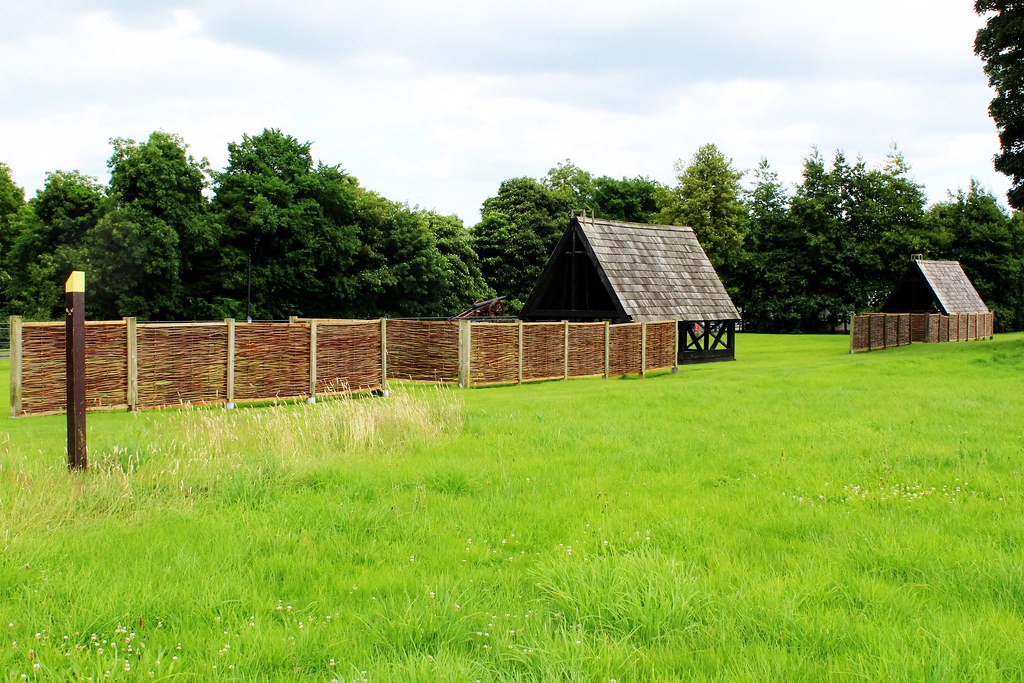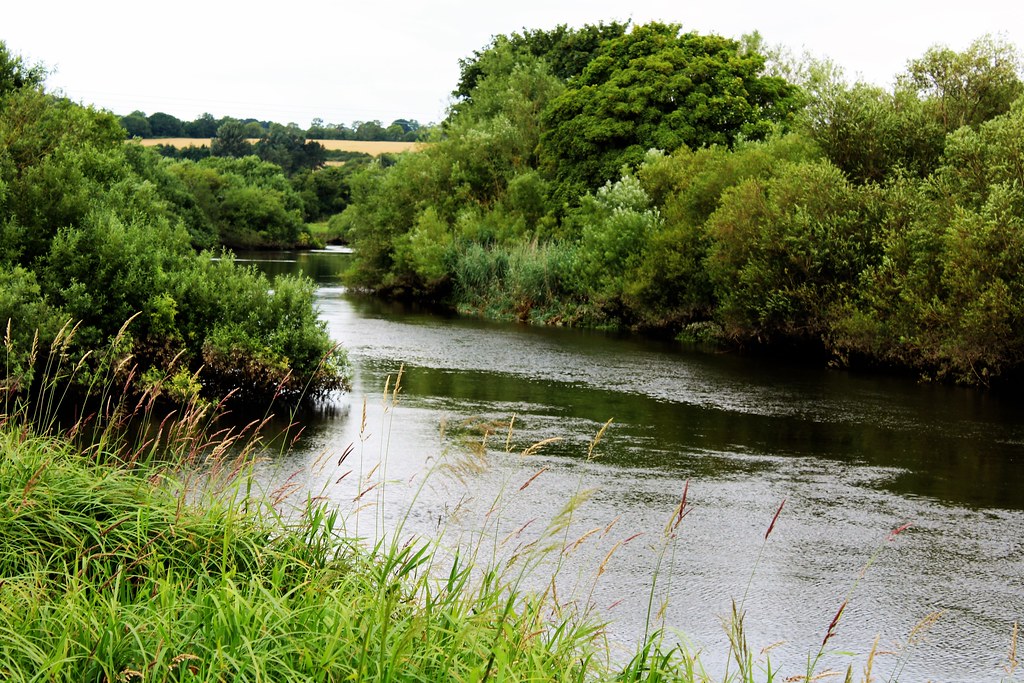The Derry Apprentice Boys March in Glasgow, a fascinating link with the 17th century.
This morning I was passing through Queen's Park in south Glasgow where by happenchance I encountered a quasi-military march commemorating the siege of Londonderry/Derry in Northern Ireland in 1688.
Many of the marchers came from Northern Ireland, which is a relatively short distance from Glasgow.
To a casual visitor or tourist this march may seem redolent of entertainment in a theme park but such was certainly not the case today.
More information on both the siege of Derry/Londonderry and the subsequent Battle of the Boyne is provided below.
In essence this march can trace its origins to religious tensions in the 17th century. King James II (England)/VII (Scotland) was exiled by the British establishment due to his Catholic leanings and was replace by William and Mary who were both Protestants. James tried to regain his throne but defeat at the Battle of the Boyne sealed his fate although his descendants did attempt further military uprisings all of which ultimately failed.
Readers will be aware of the 'troubles' and violence which bedeviled Northern Ireland for a long period. Affinities of purpose developed between the respective Catholic and Protestant communities in Northern Ireland and West of Scotland which, to an extent, are manifested in two rival football (soccer) teams namely Celtic (Catholic) and Rangers (Protestant). At one point Glasgow was known as 'Belfast without the guns'.
I think it fair to say that the marchers were exclusively sourced from Protestant communities in N. Ireland and West of Scotland. Why the march took place in this particular locale I am not sure. It may be coincidental but Mary, Queen of Scots, a staunch Catholic and GG grandmother of James II/VII, suffered a defeat at the nearby battle of Langside in 1568 which pressaged her flight to England and ultimate execution in 1587.
Information on the siege of Derry/Londonderry (from Wikipedia)
The siege of Derry began in December 1688 when 13 apprentice boys shut the gates of the city against a regiment of twelve hundred Jacobite soldiers, commanded by the Roman Catholic, Alexander Macdonnell, Earl of Antrim, which was immediately withdrawn. Retaliatory action passed to the Duke of Tyrconnel who assembled a large but poorly ordered Jacobite force commanded by Sir Richard Hamilton to march north against the Ulster Protestants. The deposed King James II, who had travelled from France to Ireland in March, took charge with the aid of two French generals. Arriving at the gates of Derry on 18 April 1689, he was greeted by a cry of "No Surrender!" The siege was lifted on 28 July 1689 (Old Style) when two armed merchant ships, the Mountjoy and the Phoenix, sailed up the River Foyle to breach a timber boom which had been stretched across the river, blocking supplies to the city. The ships' approach was covered against the Jacobite besiegers by cannon fire from the frigate HMS Dartmouth, under Captain (and future Admiral) John Leake. The Mountjoy rammed and broke the barricading boom at Culmore fort and the ships moved in, unloading many tons of food to relieve the siege.Three days later, the besieging forces burned their camps and departed. It was reported that some 4,000 people (about half the population of the city) had died of starvation or injury. Many had been forced to eat dogs, horses and rats.
Entrance gate to Derry/Londonderry
Battle of the Boyne
My blog post from July 21st 2016.
Today, I visited the site of the Battle of the Boyne in the Republic
of Ireland. This was probably the famous military encounter in Irish
history. It took place on July 1st 1690, a battle between the armies of
rival kings- James II and William III -and entailed aggregate forces of
some 60,000 men, the largest conflict on Irish soil. Some key facts:
At the site there is a visitor centre with information on the battle.Location is about 120 km south of Belfast and 55 km north of Dublin.

- Key driver was attempt by the deposed King James II of England to regain the throne which he lost in 1688 to his Dutch son-in-law, William of Orange.
- James was deposed because of his Catholicism at a time when his people had converted to Protestantism.
- In the background King Louis XIV of France was supporting King James.
- The Jacobite army (King James) was some 25,000 strong. Mainly Irish but including 6,500 French infantry.
- William’s army was about 36,000 strong and including a mix of Dutch, English, Danish, Huguenots and Ulster Protestants. On balance this was a well equipped, professional and seasoned fighting force..
- Both armies had similar equipment and majority of troops were infantry.About one quarter of each army were mounted, cavalry and dragoons.
- The River Boyne flows on an east-west alignment with Jacobites ( supprters of James) on south bank and Williamites on north bank.
- Williamites held the initiative and implemented a sound strategy. James’s vacillations resulted in unclear planning.
- On the morning of battle the Williamite infantry crossed the river on a broad front followed later by 2000 infantry. A senior Williamite general, Schomberg, was killed in action.
- In course of the battle there were engagements at Donore, Platin, Rossnaree, Roughgrange and Duleek Bridge.
- William’s forces eventually prevailed. Total casualties were about 1500 killed or badly wounded of which two thirds were Jacobites.
At the site there is a visitor centre with information on the battle.Location is about 120 km south of Belfast and 55 km north of Dublin.

Replica weapon at Battle of Boyne battle site, Ireland.















Comments
Post a Comment